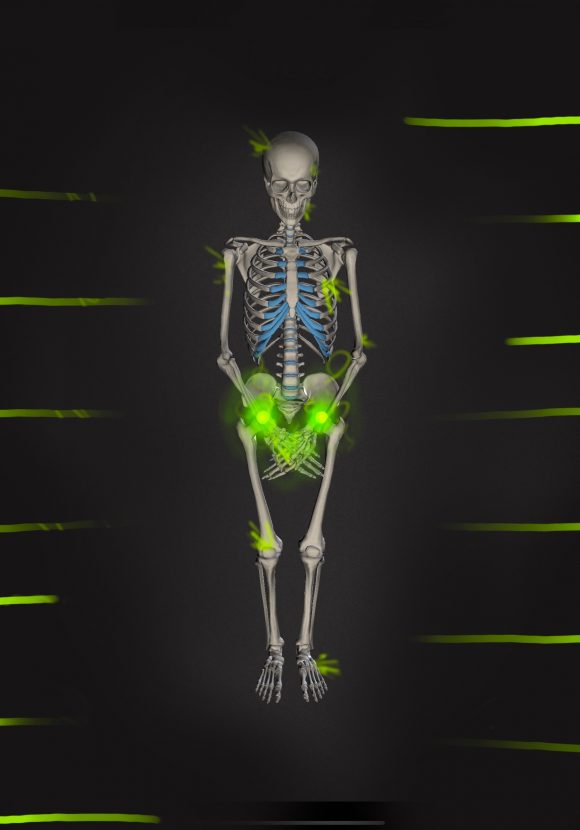Combining art and science Morgan Grimes ‘22 receives the Scholarly/Creative Grant for an art project
January 22, 2021

Headshot of Morgan Grimes
Art and science have always played a significant role for Morgan Grimes. Grimes grew up drawing and painting ever since she could remember. She also grew up loving science, since both her parents are chemists and have Ph.D.’s in Chemistry. She carried the same enthusiasm she had for the two subjects when she came to Chapman, triple majoring in Chemistry, Biology, and Studio Art.
“I absolutely fell in love with it, just head over heels. I couldn’t get enough of science when I got to college…I found this niche of exploring new things in the scientific world and then exploring them visually in the art world.”
Grimes took a step further and started a research project. “It’s not for any classes, it’s just for me. This is a project that is a manifestation of my own curiosity and love for science,” she said.
Her project focuses on the achievements and impact of Marie Curie, a Polish physicist, and chemist. She is also the first woman to receive the Nobel Prize and the first person to receive the Nobel Prize twice. One of Marie Curie’s contributions includes the discovery of radium and polonium, two new elements at that time. These breakthroughs advanced the future of medicine, worker’s rights, and the field of chemistry.
Grimes proposed a travel trip to Poland to research Marie Curie’s impact first hand and ended up receiving a $1,000 grant. However, the grant wasn’t sufficient enough to fund her trip. Grimes then applied for a Scholarly/Creative Grant from the Center for Undergraduate Excellence (CUE) in hopes of going to Poland with more funding. These grants support creative or academic projects which can be used for purchasing equipment, facility rental, travel expenses, etc. Unfortunately, even after being awarded the grant, Grimes couldn’t travel due to COVID-19 travel restrictions being put in place. Grimes decided to use the money towards materials for her project instead.
The final project is an art piece of five paintings on x-rays, to illustrate Marie Curie’s influence such as creating the mobile x-ray machine during WWI and chemotherapy. Inside the frames feature black lights that illuminate the phosphorescent paint. “It was a way of creating images with radioactivity without putting myself in harm’s way because I didn’t want to expose myself to radiation,” Grimes explained.
With the completion of her research project, Grimes is focusing on graduating the following school year, finishing up her capstone projects. Grimes has not decided the specifics of a post-graduate plan but is looking into getting a Ph.D. in Chemistry or Biology or even going to medical school.
Interested in applying for scholarship and grant opportunities?
Follow our Facebook page and Instagram for more updates and announcements,
or email us at cue@chapman.edu with any questions.
